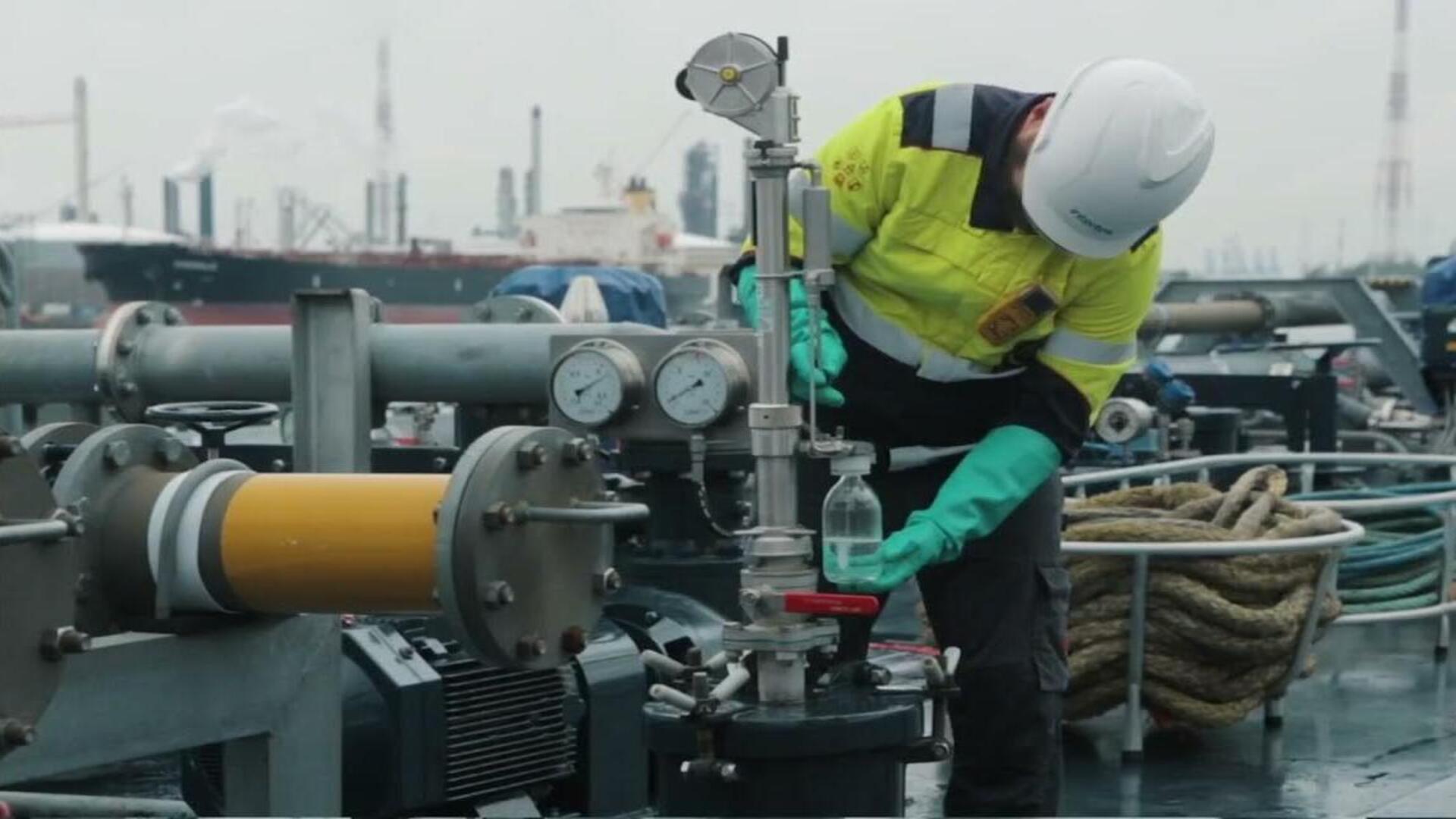
Cargo Sampling
Cargo sampling is a vital procedure in tanker operations, ensuring the quality and integrity of liquid bulk cargoes throughout loading, discharge, and custody transfer. Proper sampling allows for laboratory analysis, verification of product specification, and compliance with commercial and regulatory requirements.
All sampling operations must be performed using clean, appropriate equipment, under controlled conditions, and in line with industry standards such as API MPMS Chapter 8, ISO 3170, and IMO MARPOL Annex I for petroleum products.
- Pre-Sampling Preparation
- Review of cargo documentation, including the Cargo Manifest, Certificate of Quality (CoQ), and loading/discharge instructions.
- Verification that sampling equipment is clean, dry, and suitable for the product type (e.g., petroleum, chemical, edible oil).
- Identification and confirmation of the correct sampling point(s)—whether from tanks, manifold, line, or ship's rail—depending on the sampling purpose (e.g., load port sample, composite sample, manifold drip sample).
- Sampling Methods
- Different sampling techniques are applied based on cargo type and operational context:
- Tank Sampling
- Performed before or after loading/discharge to verify cargo condition or determine onboard quality.
- Types of tank samples include:
- Top sample – taken approximately 15 cm below the surface
- Middle sample – taken at the mid-depth level
- Bottom sample – taken just above the tank bottom
- All-level/Running sample – drawn continuously from top to bottom
- Tools: Glass/PVC bottle samplers, zone samplers, or bomb samplers suspended by a non-contaminating line.
- Manifold (In-line) Sampling
- Conducted during cargo transfer to obtain a flow-proportional and representative sample of the cargo.
- Required by many charter parties and inspection protocols.
- Typically performed using MARPOL-compliant automatic drip samplers, collecting samples at a consistent rate throughout the operation.
- Composite Sampling
- Formed by mixing proportionate volumes of top, middle, and bottom or all-level samples from each tank to create a homogenized, representative sample.
- Used for laboratory testing or certification.
- Sample Handling and Labelling
- Samples are collected in clean, inert containers (glass, aluminum, or special plastic) compatible with the cargo type.
- Sealing and labelling of all samples is mandatory, with:
- Seal number
- Tank/line/manifold source
- Sampling date/time
- Vessel name and voyage number
- Sample type (e.g., manifold composite, tank bottom, ROB)
- A sample receipt or chain of custody form is signed by all parties (ship, surveyor, terminal) for traceability.
- Storage and Transportation
- Samples intended for laboratory testing are stored in controlled conditions to prevent contamination or degradation.
- Certain cargoes (e.g., volatile or light products) may require temperature-controlled storage or gas-tight containers.
- Samples are delivered to accredited laboratories for testing per ISO 8217 (for marine fuels), ASTM, or product-specific specifications.
- Documentation and Reporting
- A Sampling Certificate or Sampling Log is issued, detailing:
- Sampling procedures used
- Source and location of samples
- Seal numbers and labeling details
- Conditions during sampling (temperature, pressure, flow rate if applicable)
- Reports support quality claims, commercial invoicing, and regulatory compliance (e.g., port state inspections, MARPOL verification).
